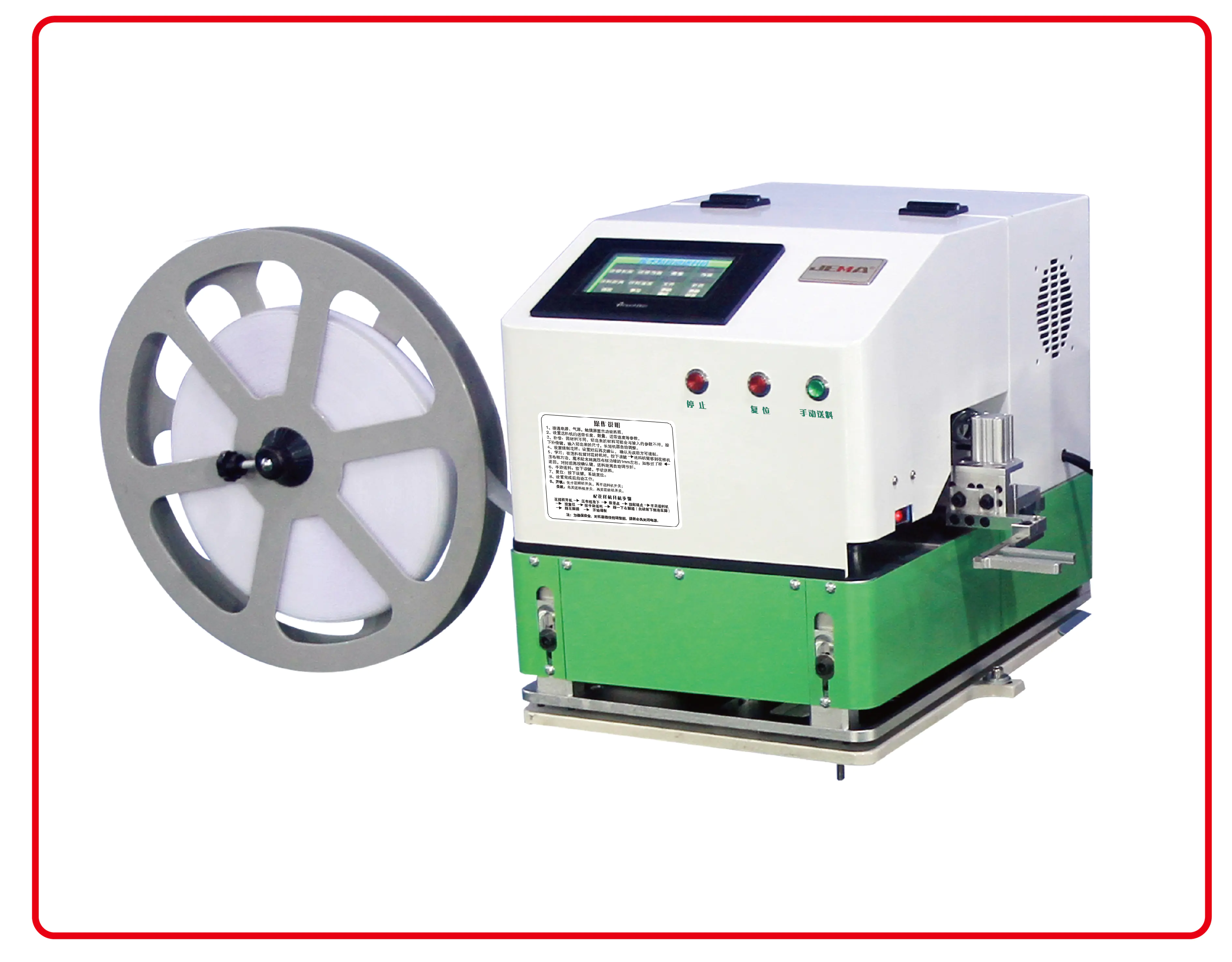Elastic Cutting is a versatile material processing technique widely used for flexible and composite materials. However, its application to high-hardness materials, such as metals, ceramics, and reinforced composites, presents unique challenges. Maintaining dimensional precision, surface integrity, and edge quality is crucial for industrial applications. Understanding the interplay between cutting mechanics, tool selection, and material properties is essential to ensure consistent and accurate outcomes.

Challenges of Cutting High-Hardness Materials
High-hardness materials introduce several obstacles to precise cutting:
- Tool Wear: The hardness of materials accelerates blade or tool wear, reducing accuracy over time and requiring frequent maintenance.
- Material Resistance: Increased resistance demands higher cutting forces, which can cause tool deflection and dimensional deviations.
- Thermal Effects: Friction during cutting generates heat, potentially causing micro-cracks, warping, or local material deformation.
- Elastic Deformation: Even rigid materials can experience minor elastic deflection under cutting stress, affecting tolerances and edge straightness.
Advantages of Elastic Cutting for Hard Materials
Despite these challenges, Elastic Cutting has notable advantages:
- Controlled Force Application: The gradual, adaptive nature of the method reduces shock loads and helps maintain dimensional accuracy.
- Adaptive Tool Behavior: Elastic cutting tools can flex slightly under load, accommodating minor variations in material hardness and preventing localized stress.
- Reduced Material Damage: Compared to aggressive mechanical methods, this technique reduces surface micro-cracks, preserving structural integrity.
Tool Selection and Optimization Strategies
Selecting and optimizing cutting tools is critical for maintaining precision:
- Hardness and Coating: Tools made from carbide, diamond, or coated alloys retain sharpness longer and resist wear.
- Blade Geometry: Edge angle and design must match material hardness to prevent chipping, deflection, or tearing.
- Vibration Damping: Tools equipped with vibration absorption features reduce deviations and improve consistency.
- Maintenance: Regular sharpening, replacement, or inspection ensures consistent cutting performance across multiple cycles.
Process Parameter Adjustments for Precision
Optimizing cutting parameters is essential to prevent errors:
- Cutting Speed: Slower speeds help control force application and reduce friction-induced thermal effects.
- Feed Rate: Proper feed rates prevent excessive tool-material interaction that may cause deformation.
- Applied Force: Fine-tuning the cutting force ensures separation without deflection or blade bending.
- Cooling and Lubrication: Coolants reduce heat generation, decrease thermal stress, and enhance surface integrity.
Monitoring and Feedback Systems
Real-time monitoring improves accuracy and consistency during high-hardness material cutting:
- Force Sensors: Detect excessive cutting load to prevent elastic deformation of material.
- Optical or Laser Measurement: Track material movement and alignment to ensure dimensional compliance.
- Feedback Control Loops: Automated adjustments to speed or force correct minor deviations immediately.
- Quality Inspection: Post-cut verification ensures edge smoothness, straightness, and dimensional accuracy.
Applications in Industry
Elastic Cutting for high-hardness materials is increasingly applied in precision industries:
- Aerospace: Cutting high-strength metals and composite materials for structural components.
- Automotive: Manufacturing engine, chassis, and safety components requiring tight tolerances.
- Tool and Die Production: Cutting hardened steels with surface micro-cracks.
- Electronics and Ceramics: Processing delicate high-hardness substrates without causing cracks or deformation.
Achieving Reliable Precision
Elastic Cutting can maintain high precision in high-hardness materials when tools, process parameters, and monitoring systems are optimized. By addressing challenges such as tool wear, material resistance, and thermal effects, manufacturers can achieve accurate, consistent cuts while preserving surface integrity and edge quality. Careful selection of cutting tools, adjustment of cutting conditions, and the use of monitoring systems are key to successfully applying Elastic Cutting in demanding industrial applications, making it a viable solution for complex, high-hardness materials.

.png?imageView2/2/w/500/h/500/format/jp2/q/100)
.png?imageView2/2/w/500/h/500/format/jp2/q/100)

